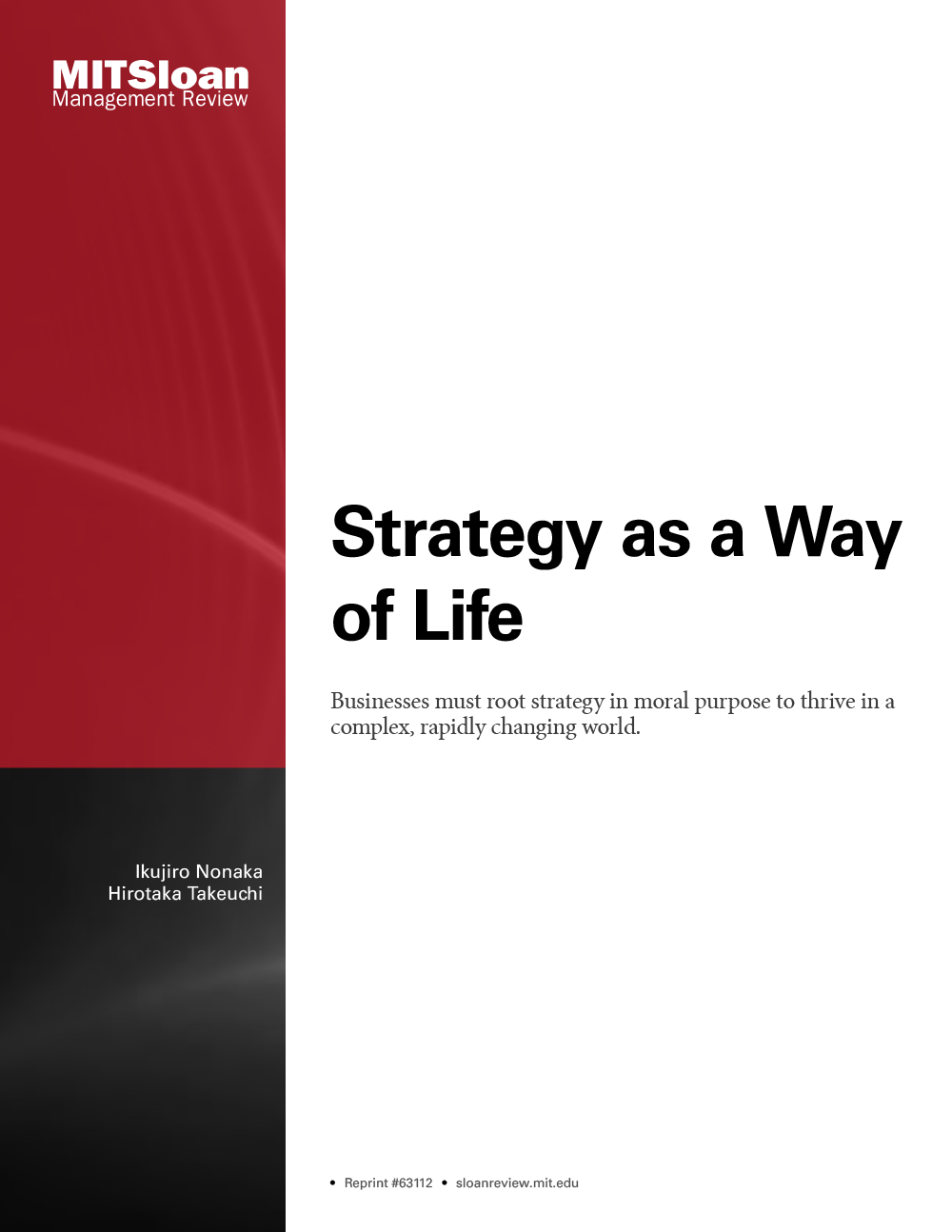
Making Data Visible So You Can Act On It
There's a scene early in the 1996 movie "Jerry Maguire" where a sports agent, played by Tom Cruise, decides that his company needs to pursue a more noble path. He writes a manifesto about how the sports management business ought to operate and presents it in a grand overture to the entire staff, peers and executives. He expects to get a big pat on the back. Instead, he gets canned.
John Schulz says he had his own "Jerry Maguire moment" with his company, AT&T, about five years ago.
"My memo essentially said, 'Look, we really need to take a leadership position around sustainability because we do have such a large portfolio, which means we have a large opportunity,'" Schulz says. "Our technology can be an enabler as well, and that's somewhat unique — not only can we take care of our operations and our own house, but we also have the ability to look at how our technology can be developed for our customers to be more efficient and to reduce their impacts."
Schulz didn't get fired for his memo. Instead, he got a different job. AT&T, unbeknownst to him, was already having this kind of conversation at the executive level, getting ready to hire its first Chief Sustainability Officer. He moved from doing a data-centric systems job to working with the company's energy team to assemble AT&T's first greenhouse gas emissions inventory.
Today, Schulz is part of AT&T's corporate sustainability group and is a director of sustainability operations, working closely with several business units on integrating sustainability into their operations.
In a conversation with MIT Sloan Management Review's Nina Kruschwitz, Schulz talks about AT&T's work to identify and manage its energy and water use and how it goes about framing sustainability work in a business case.




